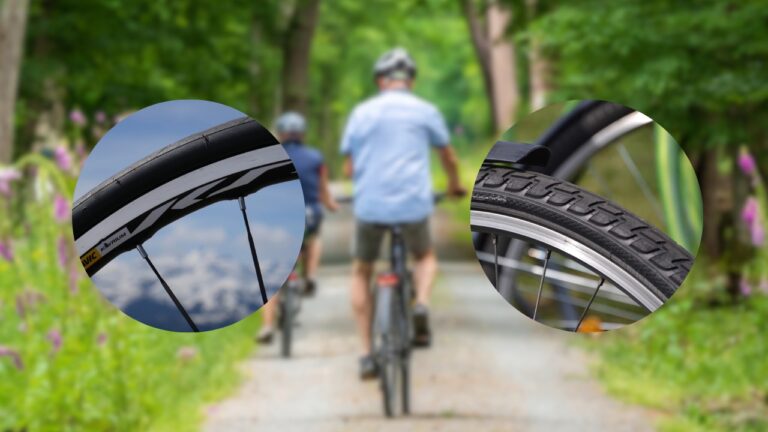There are two main types of bicycle tires on the market today: tubeless and clincher. Both have their own advantages and disadvantages, so it’s important to choose the right type for your needs.
Tubeless Vs Clincher Tires
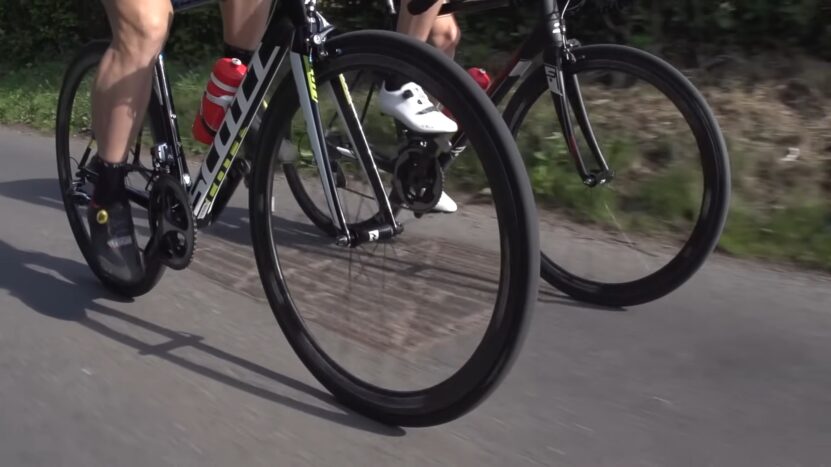
The difference between tubeless vs clincher tires is clear when you understand the construction of each type of tire.
Clincher tires have an inner tube that holds air and gives the tire its shape, while tubeless tires rely on tight bead seats to hold air and give the tire its shape. This means that tubeless tires can be used without an inner tube, which can be advantageous in many ways.
One advantage of tubeless tires is that they tend to have less rolling resistance than clincher tires. This is because the tire is able to conform to the ground more easily without an inner tube in the way.
This can lead to faster speeds and improved efficiency when riding. Additionally, tubeless tires are less likely to get punctures since there is no inner tube for a sharp object to puncture.
Clincher tires have an inner tube that holds air and gives the tire its shape. They’re easy to install and are the most common type of tire.
Tubeless tires don’t have an inner tube. Instead, they rely on airtight seals to keep the air in and give the tire its shape. They’re becoming more popular because they can be used with lower air pressure, which makes for a smoother ride. They’re also less likely to get flats.
Tubeless Tires Overview
Tubeless tires are the latest innovation in tire technology, and they offer a number of advantages over traditional tires. Tubeless tires are made without an inner tube, which means there’s no risk of punctures or flats.
They also provide better traction and handling, and they’re more durable than traditional tires.
If you’re considering switching to tubeless tires, there are a few things you should know. First, you’ll need to make sure your wheels are compatible with tubeless tires. Most modern wheels are, but it’s always best to check with your manufacturer before making the switch.
You’ll also need to use a special sealant inside the tire, which helps to prevent punctures and flats.
Tubeless tires are a great option for anyone who wants the benefits of modern tire technology without the risk of flats or punctures. If you’re looking for the best possible performance from your tires, switch to tubeless today.
Clincher Tires Overview
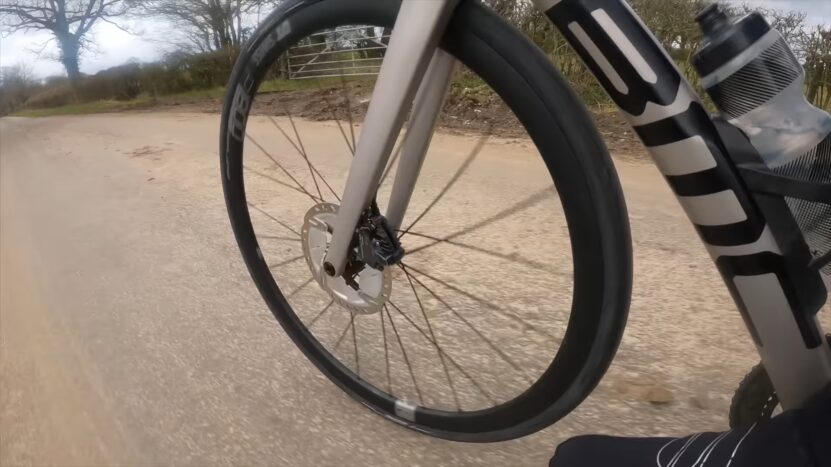
Clincher tires are the most common type of tire used on road bikes. They’re easy to change and have a wide range of widths and tread patterns to choose from.
Most clincher tires use an inner tube, which is inflated with air. The air pressure in the tube determines how much contact the tire has with the ground, which affects rolling resistance and grip.
Clincher tires are available in a range of widths, from 23mm to 28mm. Wider tires have more contact with the ground, which improves grip and comfort but can decrease speed.
Narrower tires have less contact with the ground, which makes them faster but less comfortable and less stable.
The tread pattern of a clincher tire affects its grip and rolling resistance. Tires with deeper tread patterns will have more grip but higher rolling resistance. Tires with shallower tread patterns will have less grip but lower rolling resistance.
Clincher tires are easy to change, which makes them a good choice for riders who want to be able to quickly switch between different tires for different conditions.
The Pros Of Tubeless Tires
There are many reasons why tubeless tires are becoming more popular among cyclists. Here are some of the main benefits:
- Better puncture protection: Tubeless tires have a sealant inside them which helps to quickly plug up any small punctures. This means that you’re less likely to get a flat tire while out on a ride.
- Lower rolling resistance: Tubeless tires have less friction with the ground, which makes them faster.
- Better grip: Tubeless tires provide better grip in both wet and dry conditions.
- More comfortable ride: Because there is no inner tube inside a tubeless tire, there is less chance of getting a pinch flat. This makes for a more comfortable ride.
- Easier to set up: Tubeless tires are easier to set up than traditional tires with inner tubes. All you need is a special tubeless-compatible rim and tire, and some sealant.
If you’re looking for an upgrade to your bike, tubeless tires are definitely worth considering. They offer many benefits that make them a great choice for both road and mountain biking.
The Cons Of Tubeless Tires
Tubeless tires have a lot of advantages, but there are also some disadvantages to consider before making the switch. Here are some of the cons of tubeless tires:
- They can be more expensive – Tubeless tires typically cost more than traditional clincher or tubed tires.
- They can be harder to install – Tubeless tires can be more difficult to install than traditional clincher or tubed tires, so you may need to take your bike to a professional if you’re not comfortable doing it yourself.
- They can puncture more easily – Because tubeless tires don’t have an inner tube, they can puncture more easily if you hit a sharp object.
- They can leak air – If the seal between the tire and rim is not tight, air can leak out of the tire. This can be a problem if you’re riding in an area where you can’t easily stop to add more air to your tires.
- They require special equipment – You need special tires, rims, and valves to run tubeless tires. This can be an additional expense if you’re switching from traditional tires.
Overall, tubeless tires have a lot of advantages, but there are also some disadvantages to consider before making the switch. Weigh the pros and cons carefully to decide if they’re right for you.
The Pros Of Clincher Tires
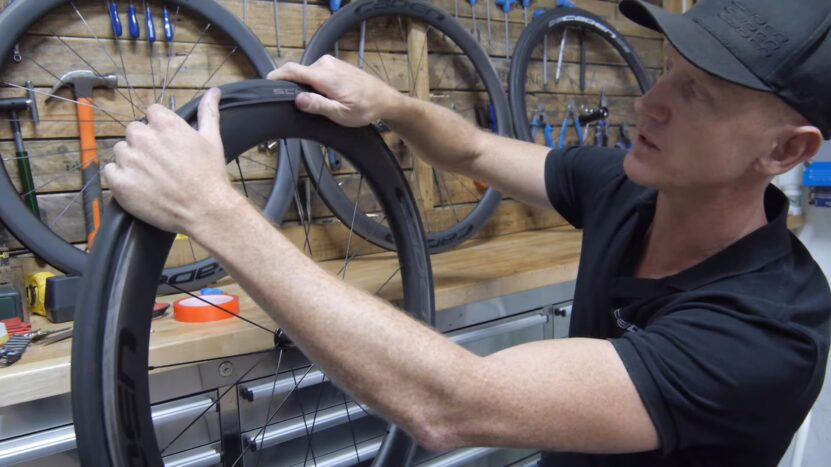
There are several reasons why cyclists may prefer clincher tires over other types of tires. Clincher tires are easier to change and repair than other types of tires, and they don’t require special tools or knowledge to do so. Additionally, clincher tires offer more traction and stability than other types of tires, making them ideal for cyclists who ride in all kinds of weather and terrain.
One of the biggest advantages of clincher tires is that they’re easy to change and repair. If you get a flat, you can simply remove the tire and inner tube, patch the hole, and reattach the tire. You don’t need special tools or knowledge to do this, which makes clincher tires a great choice for cyclists who are new to the sport or who don’t want to deal with the hassle of changing a tire.
Additionally, if you get a puncture while out on a ride, you can usually repair it with a simple tire lever and patch kit. This is in contrast to tubular tires, which require special tools and knowledge to change.
Another advantage of clincher tires is that they offer more traction and stability than other types of tires. This is because the bead of the tire is hooked onto the rim, which gives it a tighter grip. This makes clincher tires ideal for riding in all kinds of weather and terrain, as they won’t slip or skid as easily as other tires might. Additionally, the bead of the tire also helps to absorb shocks, which makes for a smoother ride.
Overall, clincher tires offer a number of advantages over other types of tires. They’re easy to change and repair, they offer more traction and stability, and they’re ideal for riding in all kinds of weather and terrain. If you’re looking for the best possible cycling experience, then clincher tires are a great choice.
The Cons Of Clincher Tires
Clincher tires have a few drawbacks that riders should be aware of. First, they can be more difficult to change than other types of tires. This is because the bead of the tire must be seated properly in order to hold air, and this can sometimes be tricky.
Additionally, clincher tires are susceptible to flats, as the inner tube can sometimes be punctured by the tire’s sharp edges. Finally, clincher tires can be heavier than other types of tires, which can make climbing hills more difficult.
Despite these drawbacks, clincher tires remain a popular choice among riders, thanks to their affordability and easy availability. So if you’re looking for a new set of tires, don’t discount clinchers just because of their few cons.
What Is Faster Tubeless or Clincher?
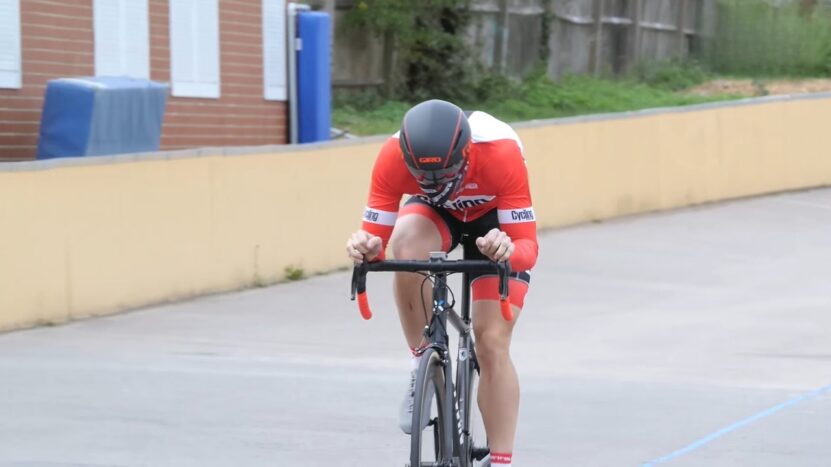
Tubeless or clincher tires both have their advantages and disadvantages when it comes to speed. Tubeless tires tend to be lighter and have less rolling resistance, while clinchers offer better grip and traction. Ultimately, it depends on the conditions of the road and race and what type of tire is best suited for those conditions.
Tubeless tires are typically lighter than clinchers, which makes them faster on the road. They also have less rolling resistance, which means they require less energy to maintain speed. However, they can be more difficult to set up and may not work well in all conditions.
Clinchers, on the other hand, offer better grip and traction, which can be beneficial in races or on roads with poor conditions. They are also easier to set up and work with. Ultimately, it depends on the conditions of the race or road and what type of tire is best suited for those conditions.
Can Tubeless Be Used as A Clincher?
Yes, tubeless can be used as a clincher. In fact, many riders prefer to use tubeless tires for their increased puncture protection and stability. However, there are a few things to keep in mind when using tubeless tires as clinchers.
First, you’ll need to make sure that your rims are compatible with tubeless tires.
Second, you’ll need to use a tubeless-specific tire sealant in order to get the best possible seal.
And finally, you may want to consider using a rim strip in order to further protect your rims from punctures.
Do Pros Ride Tubeless?
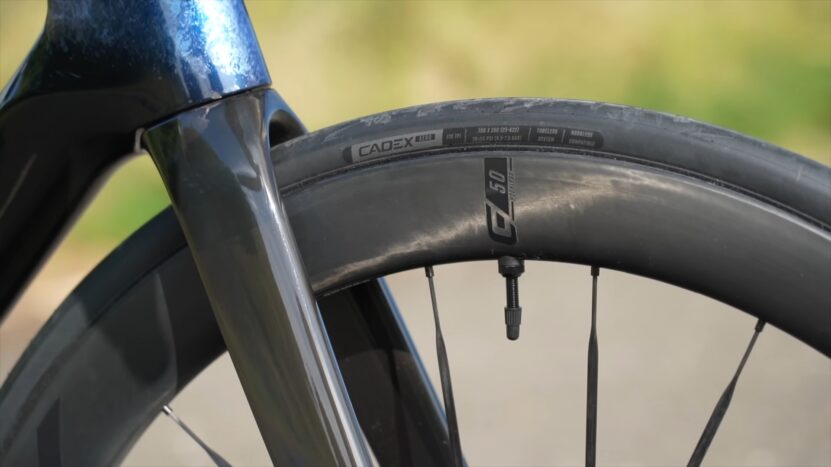
The answer is yes, most pros do ride tubeless. There are a few holdouts who still prefer inner tubes, but the vast majority of professionals have made the switch to tubeless tires. There are a few reasons for this.
First and foremost, tubeless tires simply offer better performance. They allow you to run lower tire pressures without fear of pinch flats, and they offer better traction and rolling resistance.
Second, tubeless tires are much easier to set up and maintain than traditional clincher tires with inner tubes. Tubeless tires can be mounted and inflated without any special tools or skills, and they don’t require frequent adjustments.
Finally, tubeless tires are simply more reliable than traditional clincher tires. With inner tubes, you’re always at risk of punctures and flats. But with tubeless tires, you can ride with confidence knowing that your tires are fully sealed against the elements.
Do Tubeless Tires Slow You Down?
The simple answer is no, tubeless tires will not slow you down. In fact, in many cases, they can actually make you faster. That’s because tubeless tires offer lower rolling resistance than clincher tires, meaning you’ll have an easier time pedaling and maintaining your speed for longer periods of time.
If you’re an avid cyclist, you’ve probably encountered the irksome sound that can sometimes accompany your ride, especially when you’re pedaling.
Of course, there are always trade-offs and there are a few potential downsides to using tubeless tires. For one, they can be more difficult to install and require special tubeless-compatible rims. They also tend to be more expensive than traditional clincher tires.
But if you’re looking for the best performance possible, tubeless tires are definitely worth considering. So don’t let the fear of slower speeds hold you back from trying out this great technology.
Can You Run Tubeless Tires Without Sealant?
Yes, you can run tubeless tires without sealant, but it’s not recommended. Sealant is necessary to help keep the tire inflated and to prevent flats. Without sealant, you’re more likely to experience a flat tire. The sealant also helps to protect your tires from punctures and other damage.
So, while you can technically run tubeless tires without sealant, it’s not something that we would recommend.
Can You Put Tubeless Tires on Clincher Rims?
The short answer is yes. Tubeless tires can be mounted on clincher rims with the use of a tubeless-compatible rim strip and sealant.
This combination creates an airtight seal between the tire and rim, allowing the tire to be used without a tube.
Can You Run Tubeless on Any Rim?
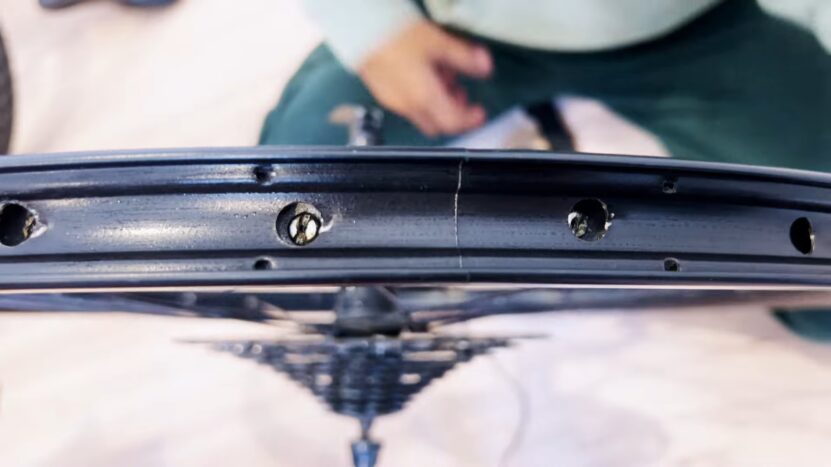
The short answer is yes, you can run tubeless on any rim. The long answer is that it depends on the specific rim you have and whether or not it is compatible with tubeless tires. There are a few things to keep in mind when deciding if you can run tubeless on your rims.
First, you need to make sure that your rims are wide enough to accommodate tubeless tires. Tubeless tires are typically wider than traditional clincher tires, so you’ll need rims that can accommodate that extra width.
Secondly, your rims need to have a smooth bead seat surface. This is the part of the rim where the tire bead sits and needs to be completely smooth in order for the tubeless tire to seal properly.
Finally, your rims should have a lip or bead hook to help keep the tire bead in place.
If you’re not sure if your rims are compatible with tubeless tires, you can always check with the manufacturer or ask your local bike shop. They’ll be able to tell you for sure and help you get set up with the right tires and rims for your bike.
Are Tubeless Tires Heavier than Clincher?
The answer is no, tubeless tires are not heavier than clincher tires. In fact, they can be lighter because there is no inner tube to add weight. Tubeless tires also have less rolling resistance, so you’ll get a smoother ride.
If you’re looking for the lightest weight tire possible, go with tubeless.
How Long Do Tubeless Tires Last?
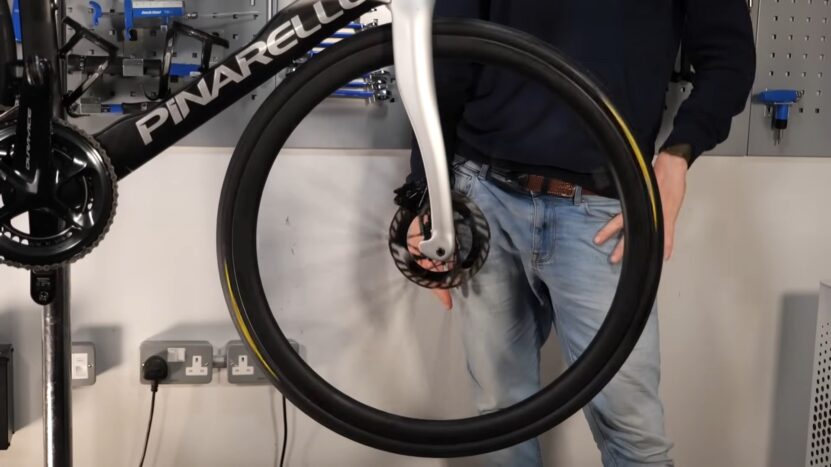
Tubeless tires are a great option for many riders, offering improved puncture resistance and a smoother ride. But how long do they last?
On average, tubeless tires will last between 2 and 4 years. However, this can vary depending on how often you ride, the conditions you ride in, and how well you maintain your tires.
To get the most out of your tubeless tires, it’s important to check them regularly for wear and tear. If you see any cracks or damage, it’s time to replace them.
With proper care, your tubeless tires can give you years of trouble-free riding. So don’t be afraid to experiment with this great option!
Can a Tubeless Tires Burst?
While it is possible for a tubeless tire to burst, it is not very likely. This is because tubeless tires are designed to seal around the rim of the wheel, preventing air from escaping.
However, if the tire is punctured or damaged in some way, air may be able to escape, causing the tire to deflate. If this happens, the tire may burst if it is driven over a pothole or other object on the road.
Do Tour De France Riders Use Tubeless Tires?
Yes, many Tour de France riders use tubeless tires. The benefits of using tubeless tires include fewer flats, lower rolling resistance, and a smoother ride. Some riders still prefer traditional clincher tires, but the majority of top riders now use tubeless tires.

